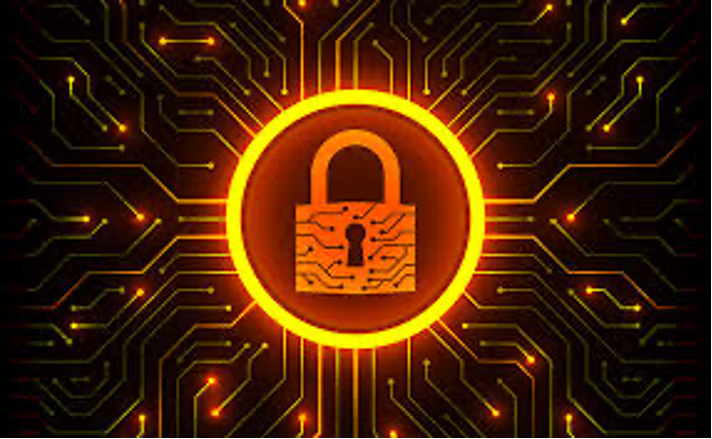Amid the pandemic of 2020, a lot of employers have adopted virtual office solutions and the majority of the workforce are doing their work remotely. Moreover, the already rising trend of freelancing and remote working has been accelerated due to the lockdowns caused by the pandemic and virtual work is in higher demand than ever before. However, the increase in digital solutions to carry out work puts businesses and individuals at a higher risk of cyber-attacks. To mitigate the possible dangers of cyber-crime individuals and businesses should employ the following digital safety protocols.
- Setup Security Plans
Most employees have never worked remotely before, similarly, most managers have not had to implement remote working security policies either. The most important step for organizations is to first critically evaluate their infrastructure and develop policies that will maintain security and safety for both the company and its employees as they work remotely. Employees should be educated about security-related best practices and managers should oversee that these processes are correctly put to work by staff.
- Network Security
With remote working, networks become the main connecting agent between worker and employer, and making sure that all connections are secure is of paramount importance. Often, remote workers will either be using their home network or a public network to connect to work. Public networks are not secure and home networks may not have all the necessary elements in place to make them secure for work. Organizations should urge employees to use a secure VPN whenever they are going to work regardless of where they are. One weak connection could compromise the safety and security of the entire firm and all other employees. Employees and businesses should also employ multi-factor authentication for all connections with the business network. Good passwords and the right access methods are key to maintaining network security.
- Devices
As workers do their work remotely, they will not only be relying on an external network but they will most likely be using a personal device. These devices, whether it is a laptop or a smartphone are the same device that they use for personal use and if the device is not used in a manner that ensures user security there is no saying how safe it is to use this device for work-related tasks. Ideally, access to employer networks should only be granted through devices provided by the employer which are maintained by the IT team. However, at the very least employees should be asked to audit their devices and home networks to check for security loopholes.
- Proper Security Measures
Organizations should invest in proper safety software such as commercial level anti-virus solutions, anti-spy-ware, and VPN's. Moreover, businesses should also consider limiting the use of external devices such as USBs, smartphones, and computers. Limiting the use of cloud-based services by employees also helps improve organizational security.
- Access and Authorization
Organizations should consider giving employees accounts only as much access to the internal network as necessary to carry out their tasks. If the case arises that they need further access that permission should be granted by an administrator. Furthermore, access should only be given through the proper channels where strong passwords are used and multi-factor authentication is used to gain access. For more sensitive information access should be restricted to a few in-house devices, where employees need to be physically present to access that area of the network through permitted devices.



 714-333-9620
714-333-9620